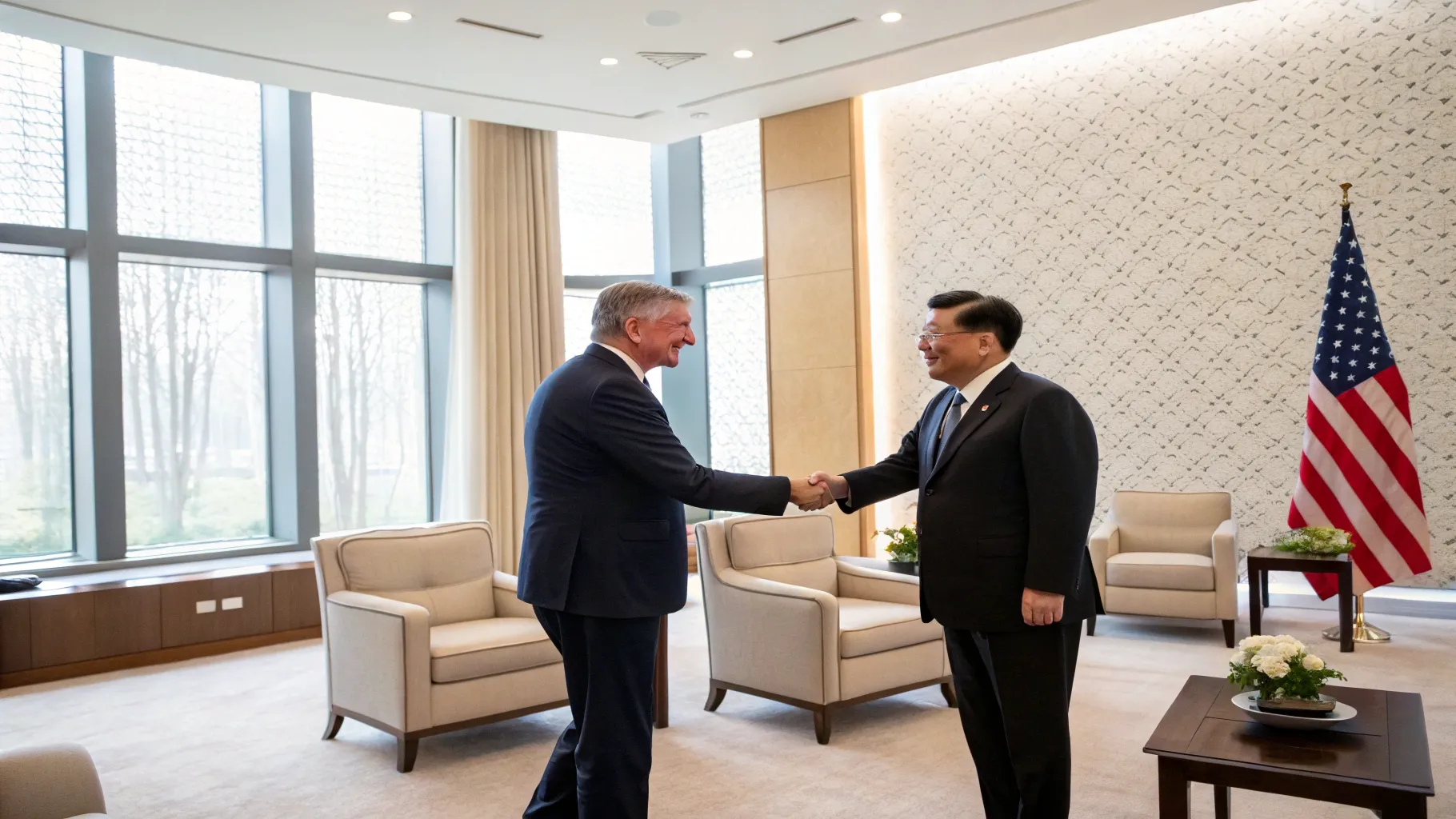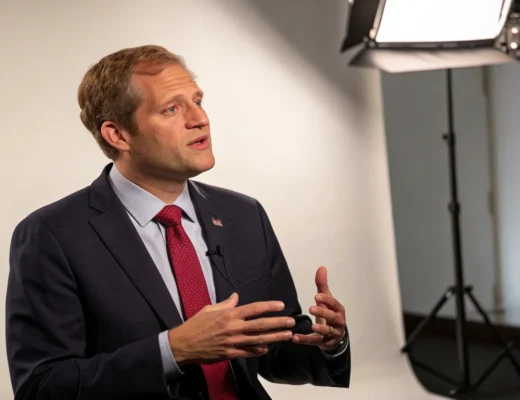Senior officials from the United States and China plan to meet as both sides seek to halt a fresh round of tariffs, a sign that pressure is mounting to ease trade strains between the world’s two largest economies. The talks come amid warnings from President Trump that the current tariff path is “unsustainable,” raising hopes for a pause that could steady markets and reduce uncertainty for businesses.
The meeting is expected to focus on
tariff relief and a framework for follow-on negotiations. While details remain limited, the goal is to avert new duties on Chinese goods that would raise costs for U.S. consumers and manufacturers. The timing reflects concerns over inflation,
supply chain risks, and political pressures building ahead of key policy and electoral milestones.
Background: A Long-Running Trade Fight
Washington and Beijing have sparred over trade since 2018, when the United States began imposing tariffs on a wide range of Chinese products. China responded with its own measures, targeting U.S. agriculture and industrial sectors. The two sides later reached a partial deal that paused some escalation, but many duties stayed in place.
Tariffs have reshaped sourcing decisions and pricing across electronics, machinery, consumer goods, and farm exports. Companies have adjusted by shifting suppliers, passing on costs, or absorbing lower margins. Consumers have seen higher prices in certain categories, while some domestic producers welcomed the protection from import competition.
Policymakers in both countries face a careful balance. They seek to defend strategic industries and address long-standing grievances over market access and
intellectual property, while avoiding shocks that could weaken growth or fuel price pressures.
What the Meeting Could Achieve
Any near-term progress would likely be incremental. Officials could outline a pause on new tariffs, expand carve-outs for essential goods, or revive technical talks on non-tariff barriers. They may also craft a timetable for broader discussions on investment rules and data flows, given the
growing role of tech in trade policy.
President Donald Trump has called the current tariff path “unsustainable,” prompting aides to seek options that reduce pressure on households and firms without giving up leverage.
Business groups have urged predictability. Many large manufacturers rely on cross-border
supply chains that cannot be rewired overnight. Retailers warn of limited ability to absorb added costs if new duties land during peak shipping cycles.
Industry Impact and Market Stakes
Investors track these talks closely. Signals of de-escalation tend to lift equities exposed to
global trade and ease volatility in currency and commodity markets. A breakdown, by contrast, can trigger sell-offs in sectors tied to consumer goods, semiconductors, logistics, and heavy equipment.
Companies in both countries have diversified suppliers where possible, but dependencies remain. Complex components, specialized machinery, and certain raw materials still flow between the two economies in large volumes. A tariff rise could squeeze margins and delay capital spending plans.
- Manufacturers face higher input costs and planning risks.
- Retailers may pass costs to consumers if margins thin.
- Farm exports depend on stable access and clear quotas.
Political Calculus on Both Sides
The United States faces pressure to curb inflation and support jobs in export-heavy regions. Tariffs can be popular with some voters, yet higher prices carry political costs. The administration must also consider bipartisan scrutiny of national security
risks tied to technology and supply chains.
China seeks to stabilize growth and maintain export momentum amid softer global demand. It has promoted domestic upgrading and sought new markets, while also signaling a willingness to talk if discussions address core concerns such as fair treatment of its firms and predictable rules.
Paths Forward and Risks
A narrow truce could focus on rolling back selected tariffs or expanding exemptions where supply chain strains are most acute. That approach may create breathing room while larger disputes are handled through working groups and regulatory dialogue.
Risks remain. If talks stall or verification of commitments fails, both sides could revert to higher duties. That outcome would likely lift costs, slow investment, and complicate central bank efforts to manage inflation expectations.
What to Watch Next
Signals to monitor include the scope of any
tariff pause, clarity on enforcement, and timelines for subsequent talks. Markets will also watch for movement on export controls, data localization rules, and treatment of critical technologies, which often move in parallel with tariff decisions.
The
meeting underscores a shared interest in stability, even amid strategic rivalry. A modest step that eases immediate pressure could set the stage for further engagement, but durable relief will require sustained progress on the tougher issues that have defined this dispute.
For now, attention centers on whether officials can turn an “unsustainable” path into a workable pause. The outcome will shape prices, profits, and policy choices well into the year ahead.






